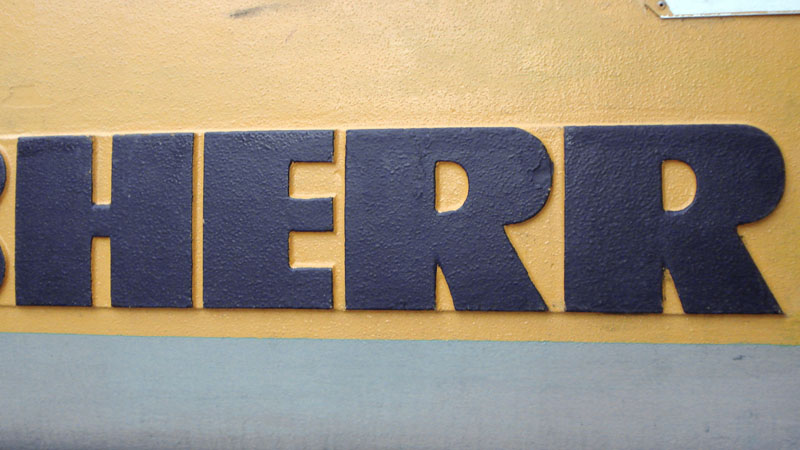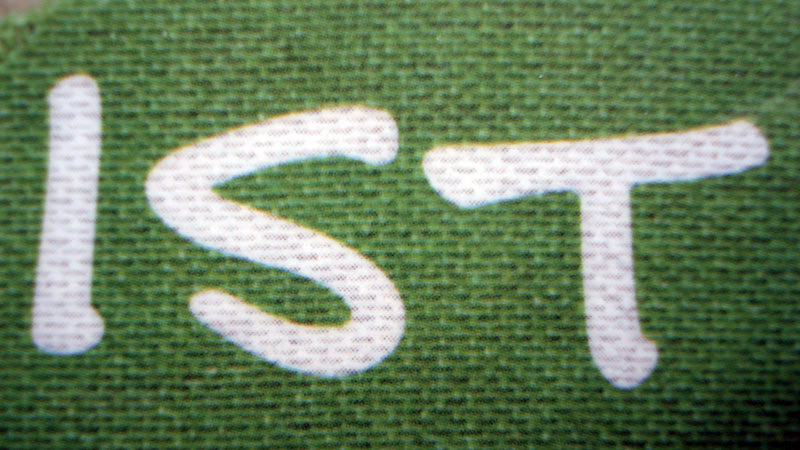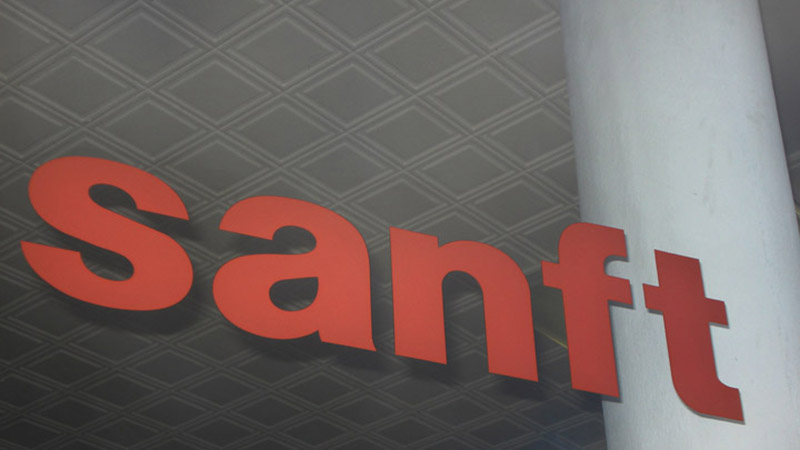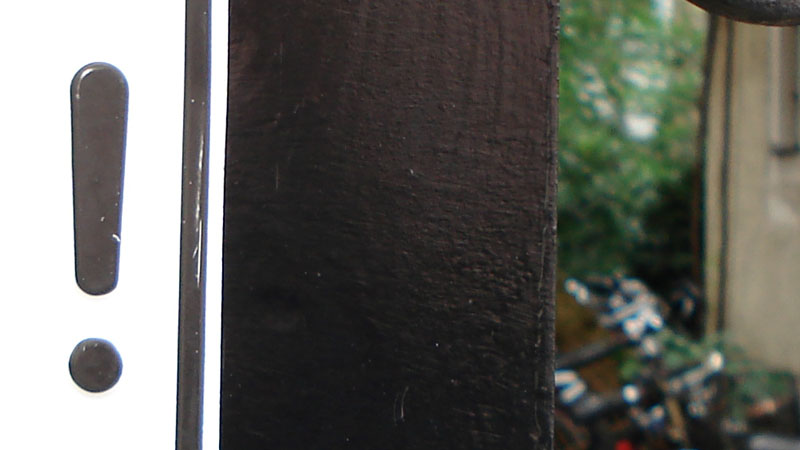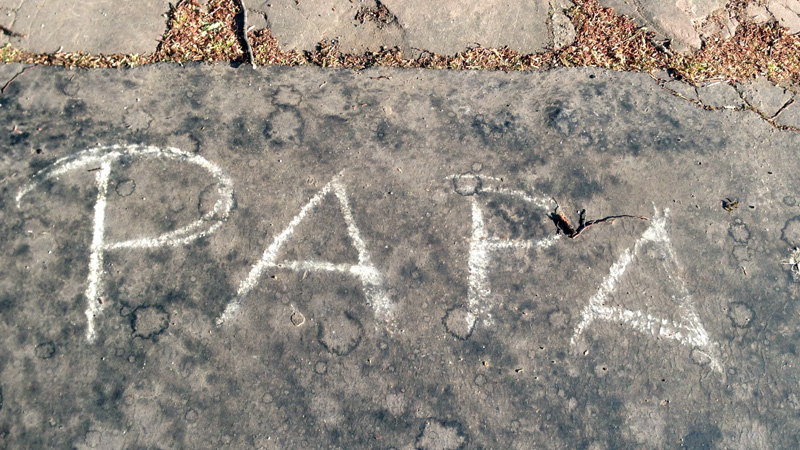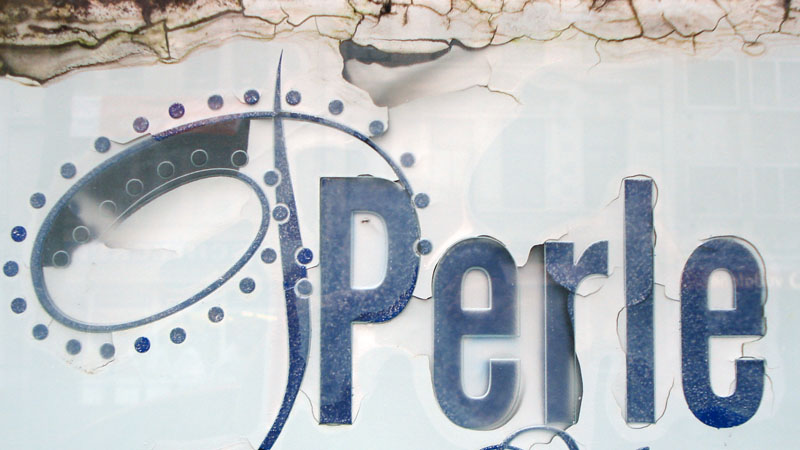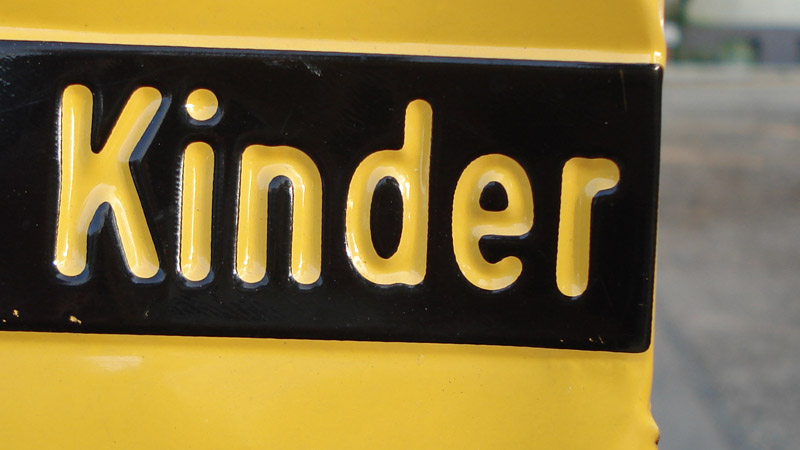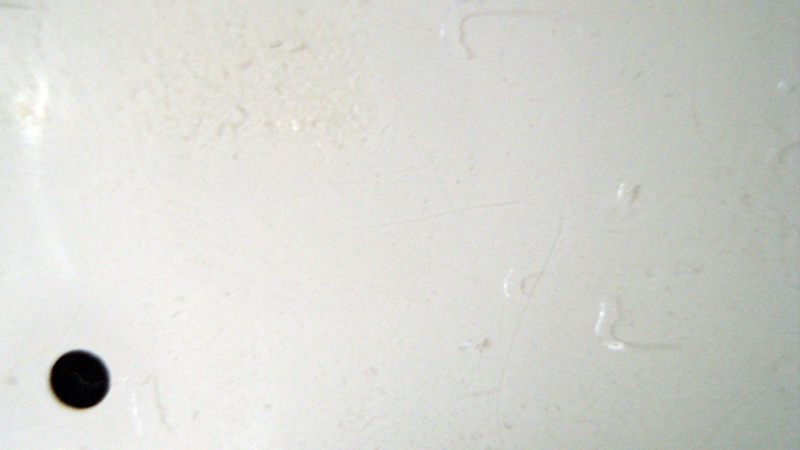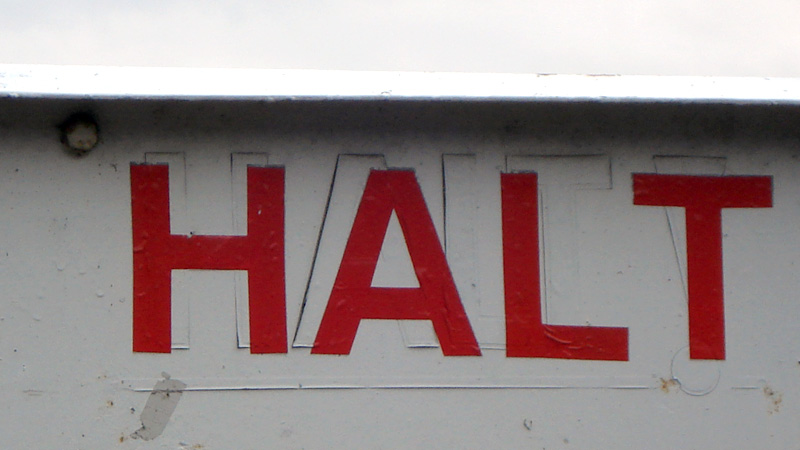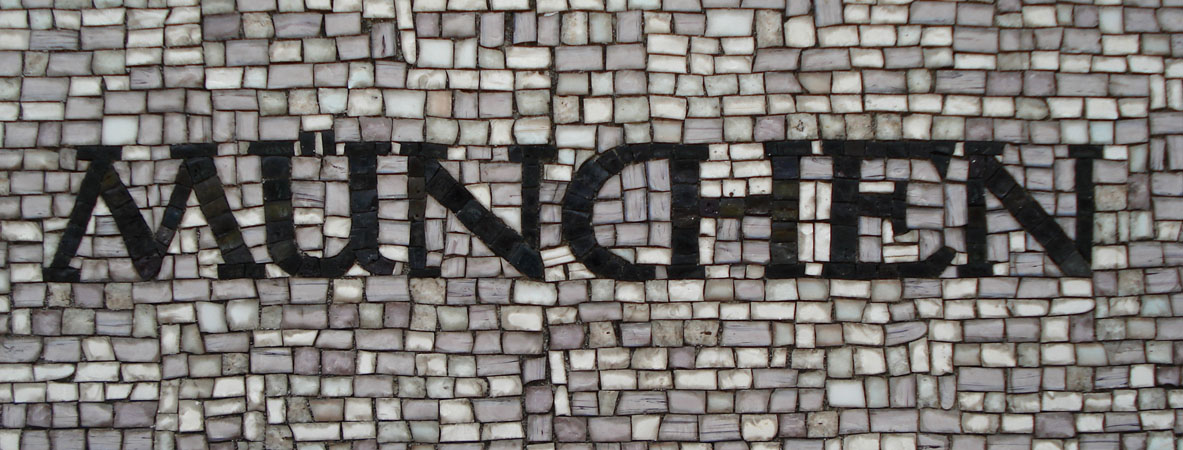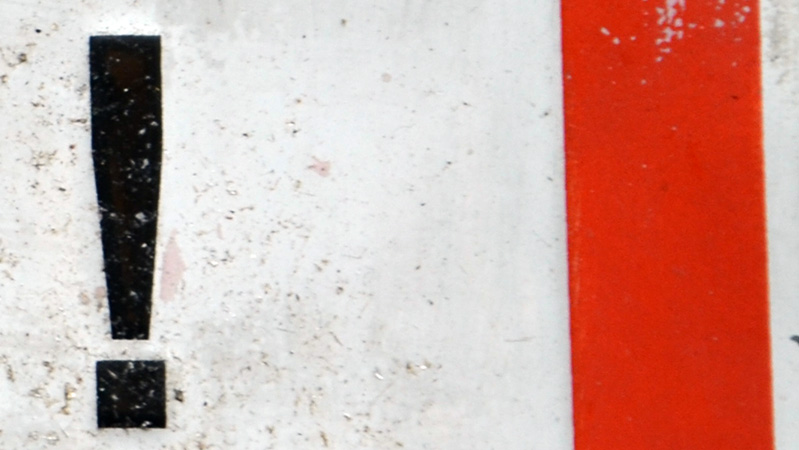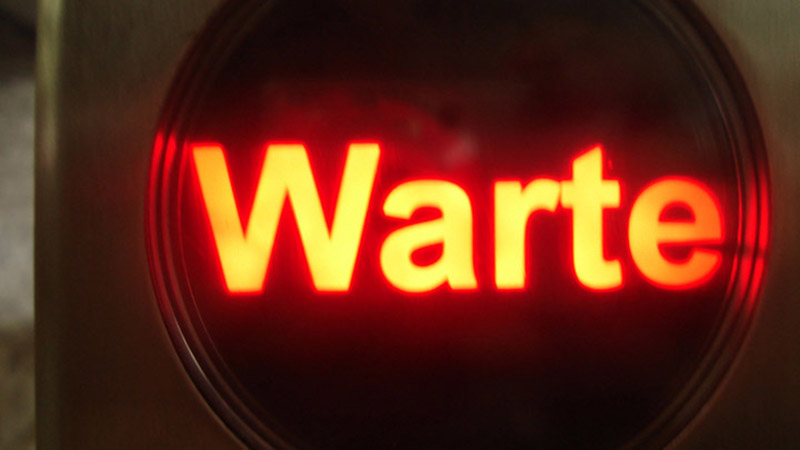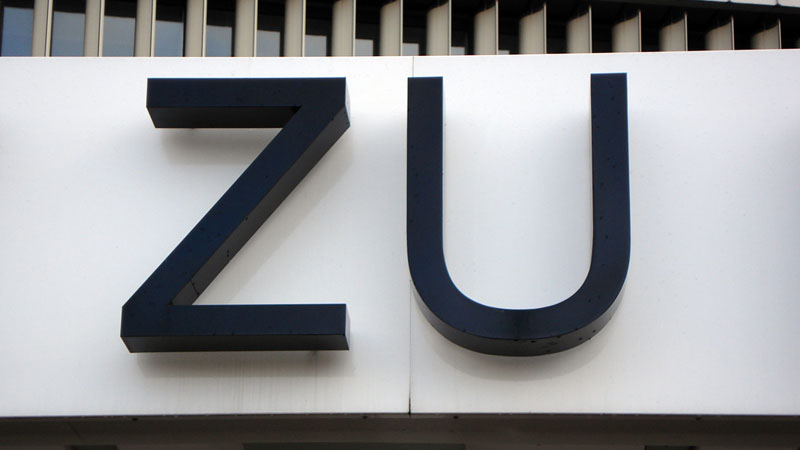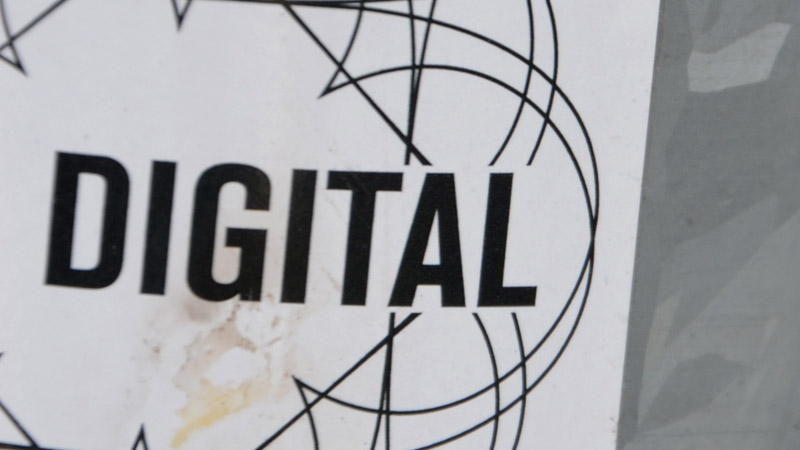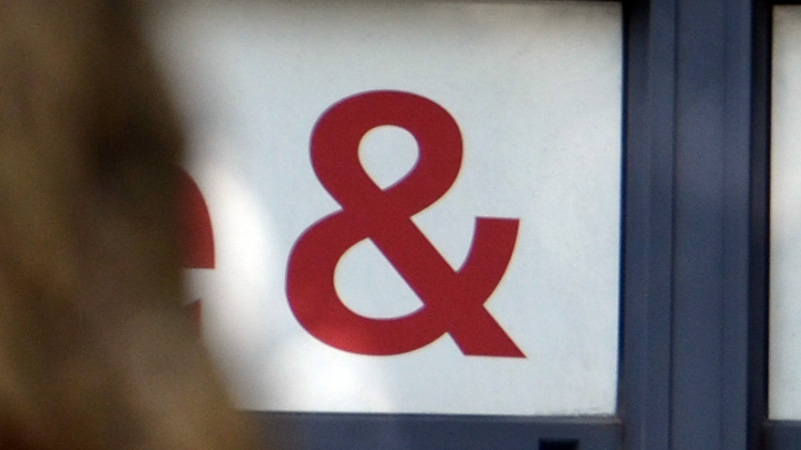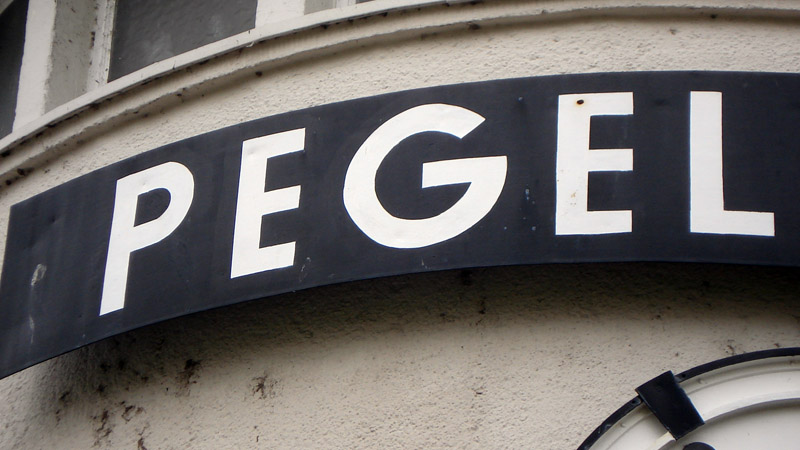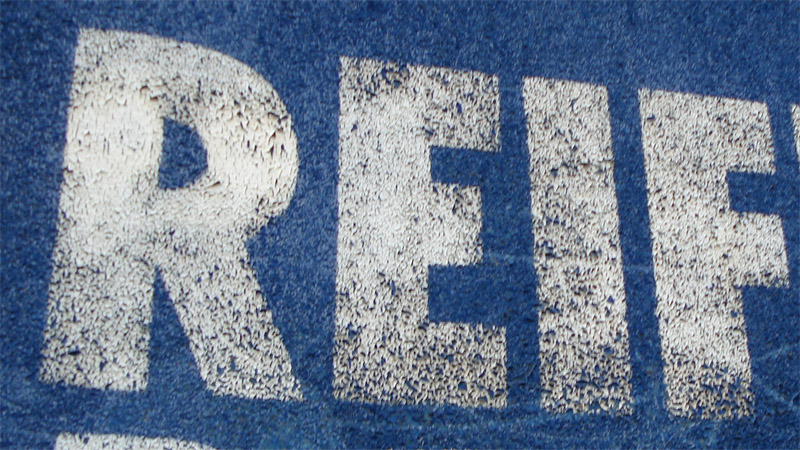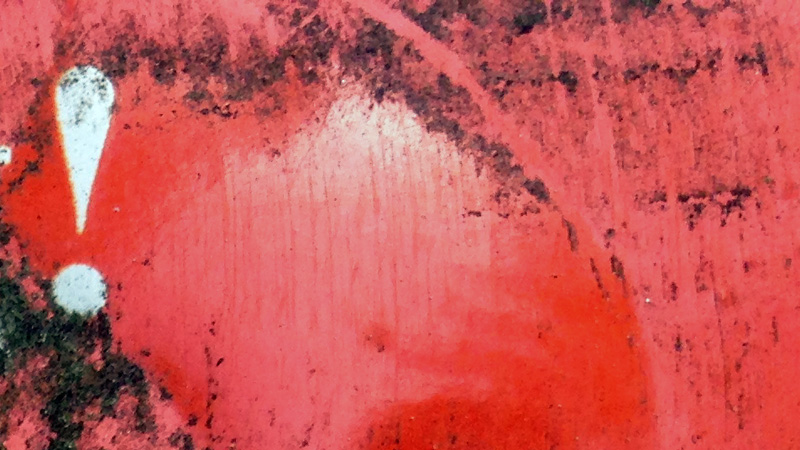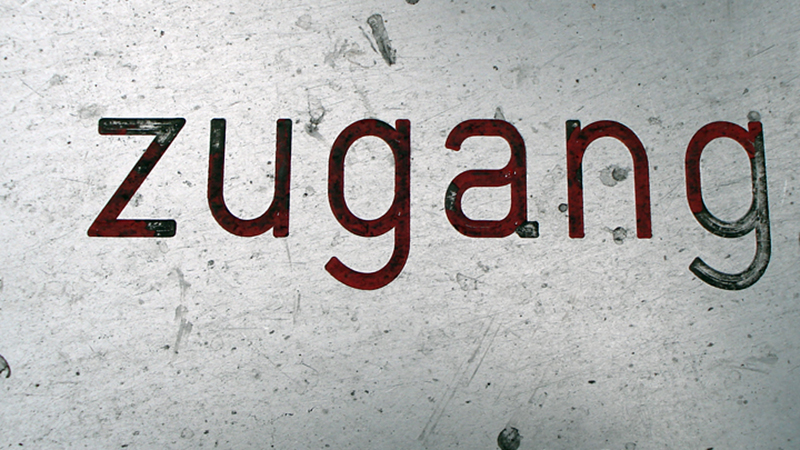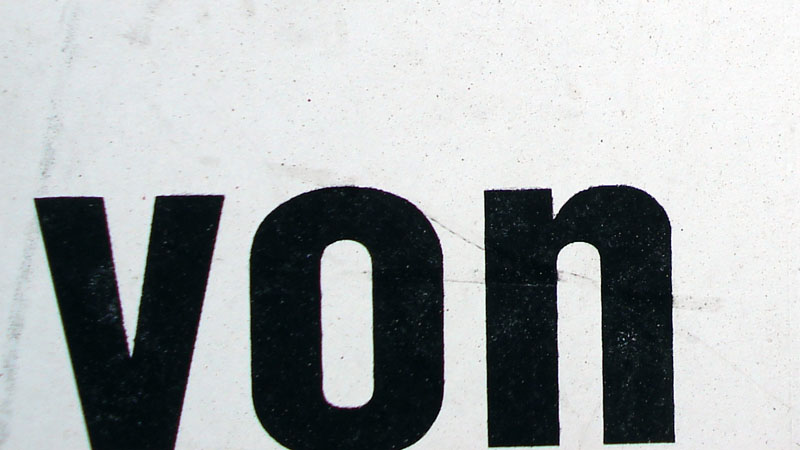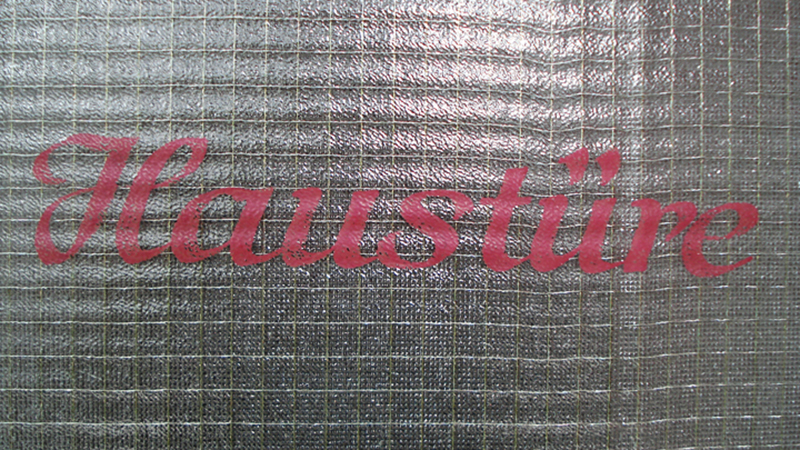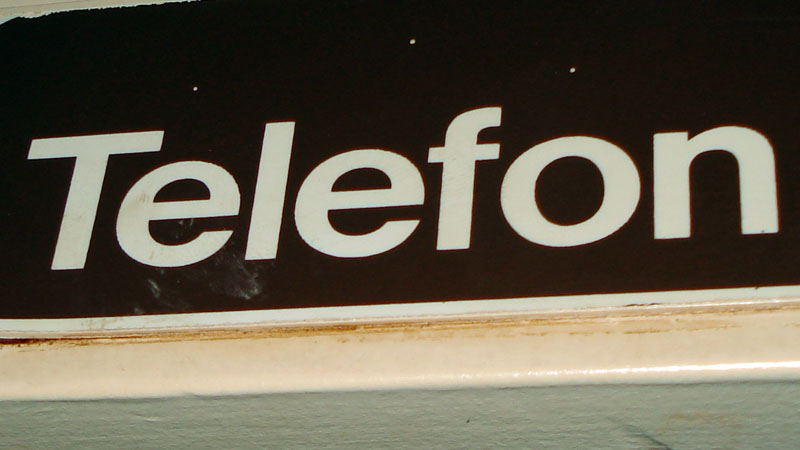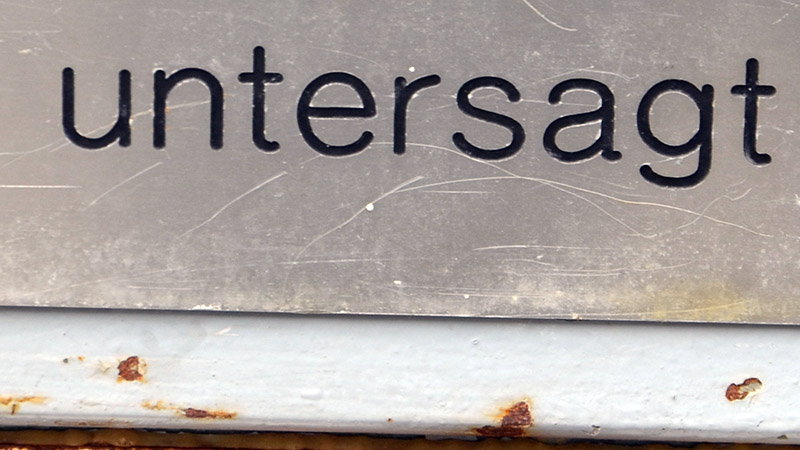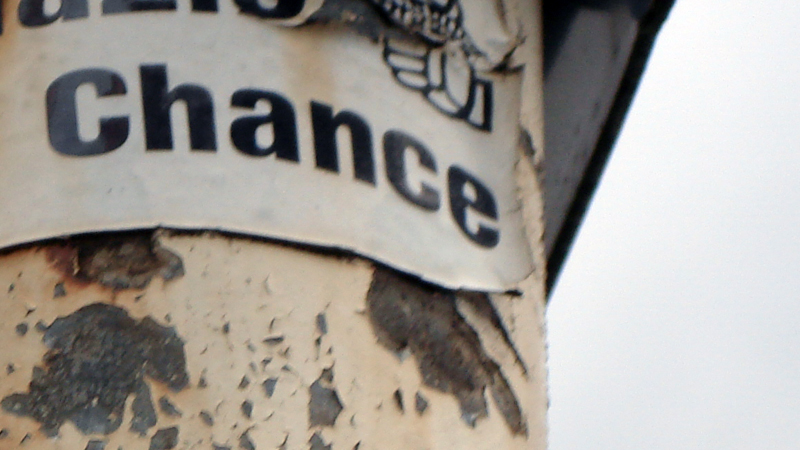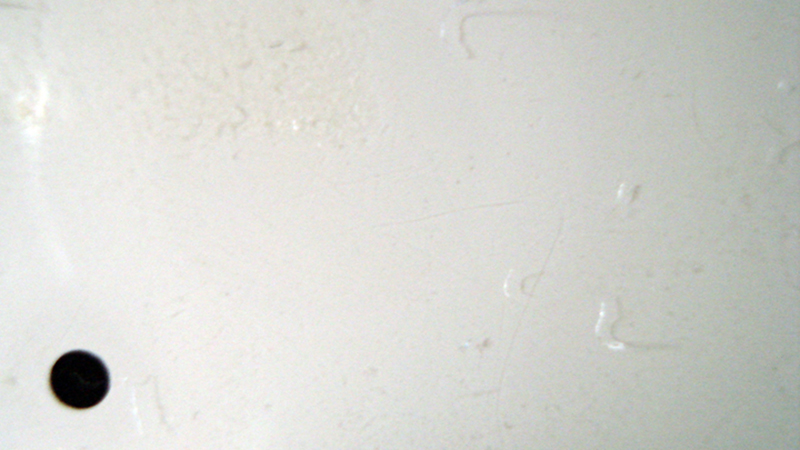Videotexting is an image-based, artistic, client-server based communication software. It converts a text message into a dynamically generated animation consisting of photographs or short video sequences of urban communication.
A registered user logs on to videotexten.de and sends a text message via e-mail. This text is stored in a database via server software. The server software sends an e-mail to the e-mail address specified by the sender, in which a link to videotexten.de appears. This link contains an assignment to the composed text message in the database. If the recipient calls up the specified link of the e-mail, the server software transmits a coded file, which is translated by the client software into an animation consisting of photographs and video sequences. Thus, the image data is not transmitted until the message is called.
The file transmitted to the client is text-based and contains, for each image stored in the image database, information about the word or symbol depicted on it, the photographer, the location where the image was taken, as well as annotations by the photographer and control information for the client. The text message is now converted into a sequence of photographs and video sequences for the recipient and played back.
All meta information, such as shooting location and annotations, can be displayed at the end of the message. If a word of the text message is not stored in the image database, it will be composed of individual letters.
Legal notice
According to § 2Abs. 2 UrHrg, intellectual creations, especially works of literature, science, art, computer programs and database works are protected if the intellectual creation or artistic achievement has an appropriate level of creation, i.e. in simple terms, the work is creative enough or the individuality of the creator is expressed in the work.
videotexten.de combines science, art and cross-platform client-server based software into one artistic work, and is therefore the intellectual property of:
Heiko Stückle
Kerpener street 75
50937 Cologne
The technique of collage is probably the artistic method and means of expression that, in many different variations, had the greatest influence on the art of the 20th century. At the beginning of the 20th century, the use of everyday objects and their fragments through gluing and artistic processing had the goal of giving the abstracting formal language of the cubists a higher character of reality. Pieces of patterned wallpaper, fabrics, printed letters and numbers from newspapers or posters – papiers collés – were the artistic material for Georges Braque’s Still Life with Fruit and Bowl (1912), which is considered the first painting created using the collage technique. As a means of artistic expression, collage stands at the beginning of the classical avant-garde movements and was adapted by a wide variety of styles. In the First Manifesto of Futurism (1909), Filippo Tommaso Marinetti propagated faith in the present and a vision of a future of unimagined human heights in every respect. He was joined by painters who depicted in their art the central themes of the then current urban society, the big cities, their noise and speed in traffic and entertainment venues, and their inherent power. The Futurists were particularly interested in the visual impact of words and writing. They demanded a dissolution of valid syntax and traditional static typography. In this way, they exerted a strong influence on the Dadaists and their sound poems. The latter used, among other things, the collage technique as a means of expressing their anti-artistic attitude. With photomontage, Hannah Höch developed a special form of collage that, by combining various photographic motifs, creates new pictorial content that also involves a critical examination of reality.
Videotexting can be classified in this tradition of collage and the critical examination of society and its change through new technical and technological possibilities. It uses the means available today of digital photography and the ever-increasing flood of images, of Web 2.0, in which every user can become an Internet maker at the same time, and of localization through the Global Positioning System (GPS), which makes it possible to locate any place in the intangibly large world. Focusing on the means of our everyday and universal linguistic communication, which functions in the form of words or pictograms, new compositions give rise to literary-artistic works.
On the first level of meaning, text messages composed by a sender and transmitted to a receiver are represented by means of videotexes made of words found and photographed in everyday life. The original meaning of the words, be they terms on street signs, billboards, construction sites, or parts of billboards, lose their everyday meaning, which is valid for every street participant, and are given an individual, personal meaning by the sender by means of videotexes, which is addressed exclusively to the one recipient. The general validity of the abstract signs for every participant of the urban everyday life is withdrawn and transformed into a new, personalized and only individually valid statement. Location information about the place where the used terms were found – as GPS data or through a written annotation by the photographer – lend the personal message a topographical assignment on a second level. The transmitted message thereby experiences a topographical map and reflects the ever larger, ever faster and ever more necessary mobility of our society. On a third level, the individual words contain stories about their origin and creation or about the associations made during the photographer’s visual selection. These can be as much experiences during the photographing process as reasons for the selection or feelings and thoughts about the terms. Strung together, they lend an overarching, uncontrollable narrative to the text message, which is determined solely by the sender. Each impersonal word of the public world, valid for everyone, thus becomes not only the bearer of a single personal meaning conveyed by the sender in his text message, but is at the same time the bearer of a personal remark by the photographer.
By Dr. Gundula Lang, 2011
